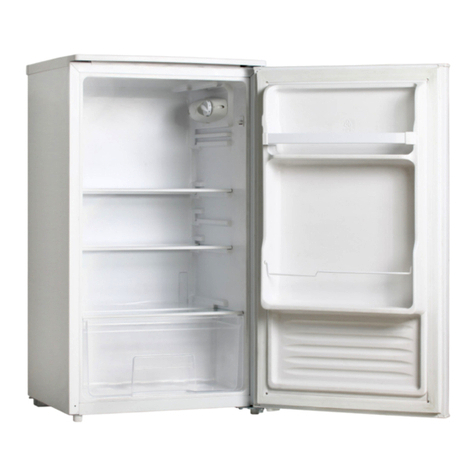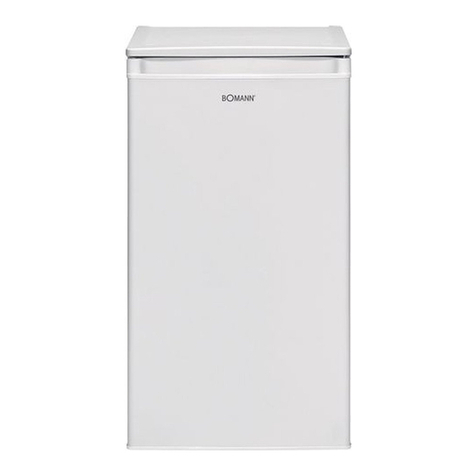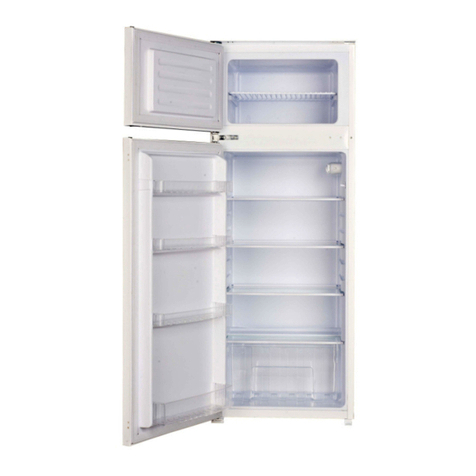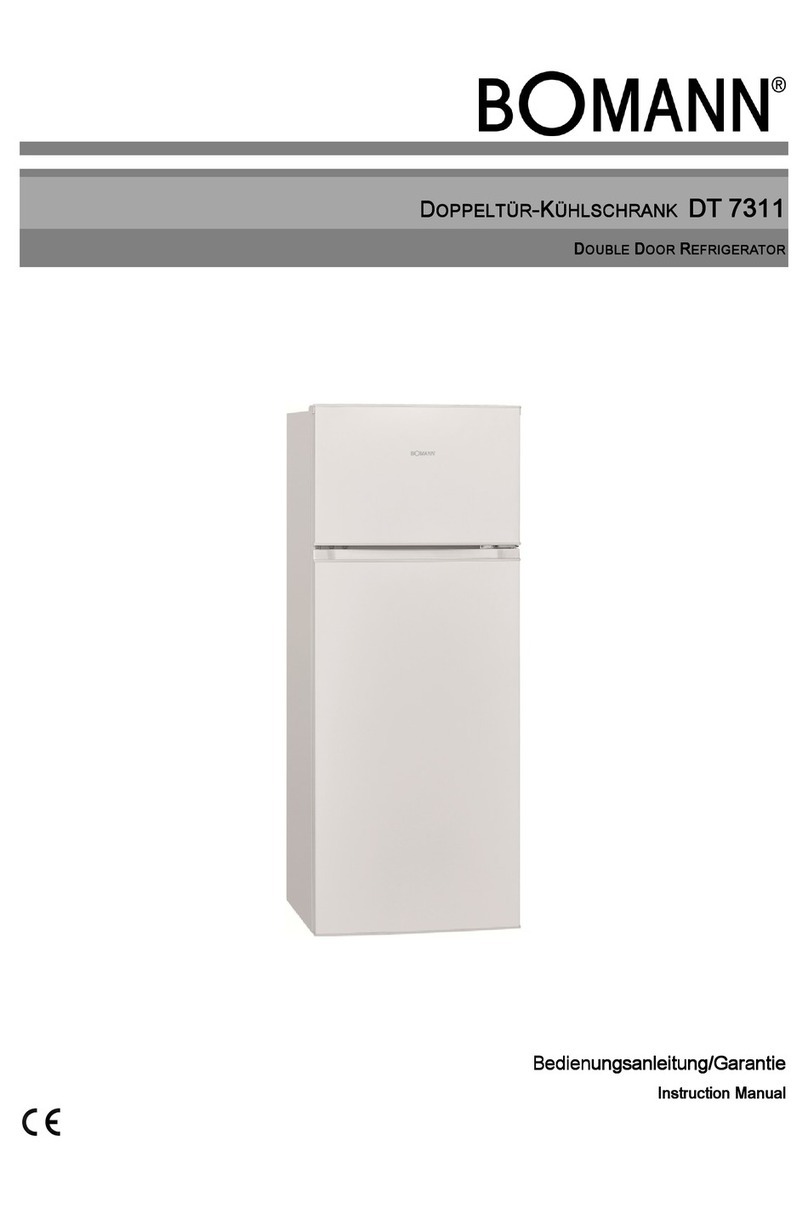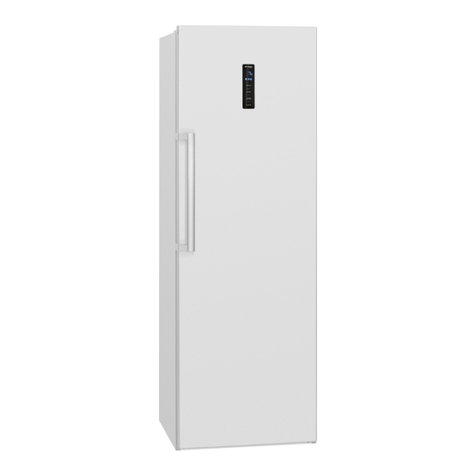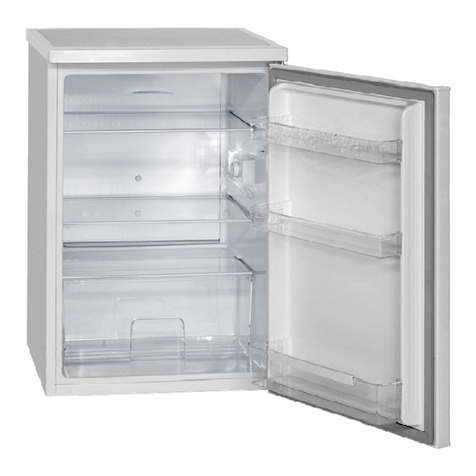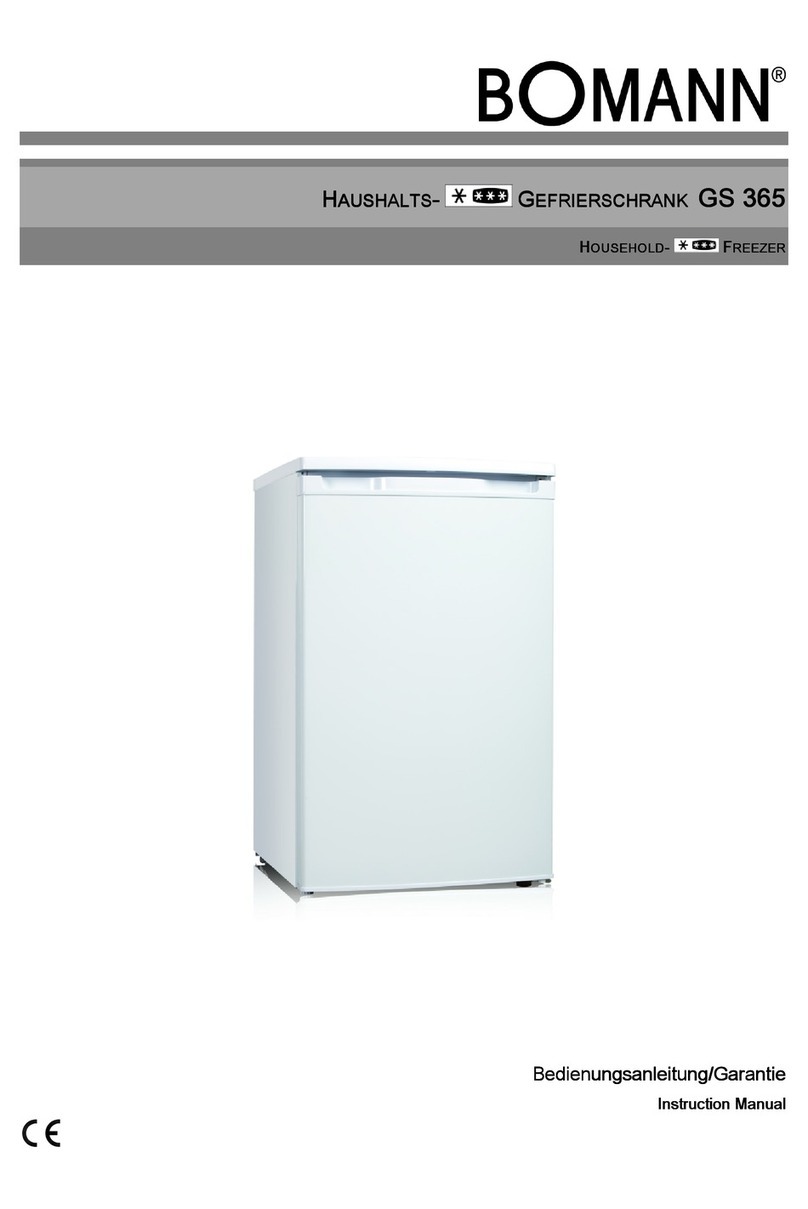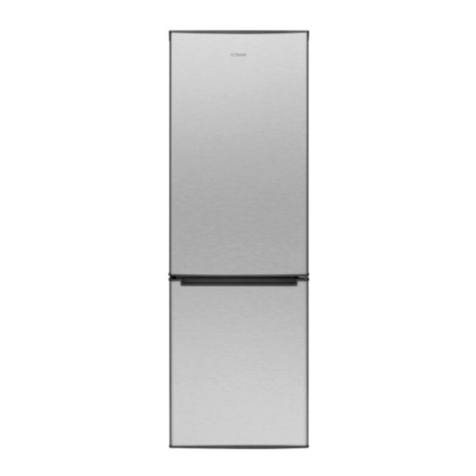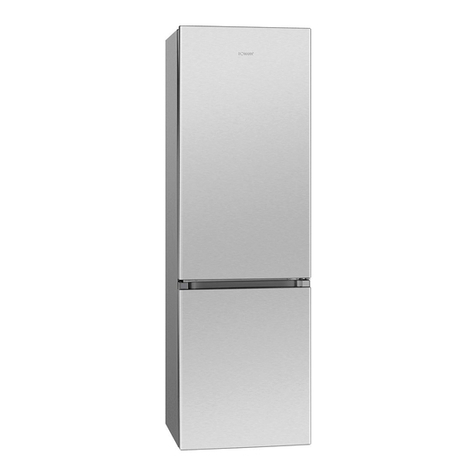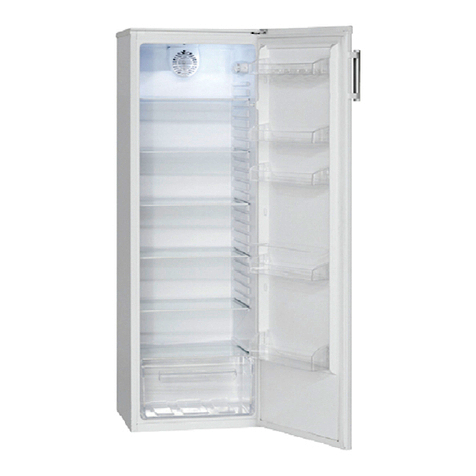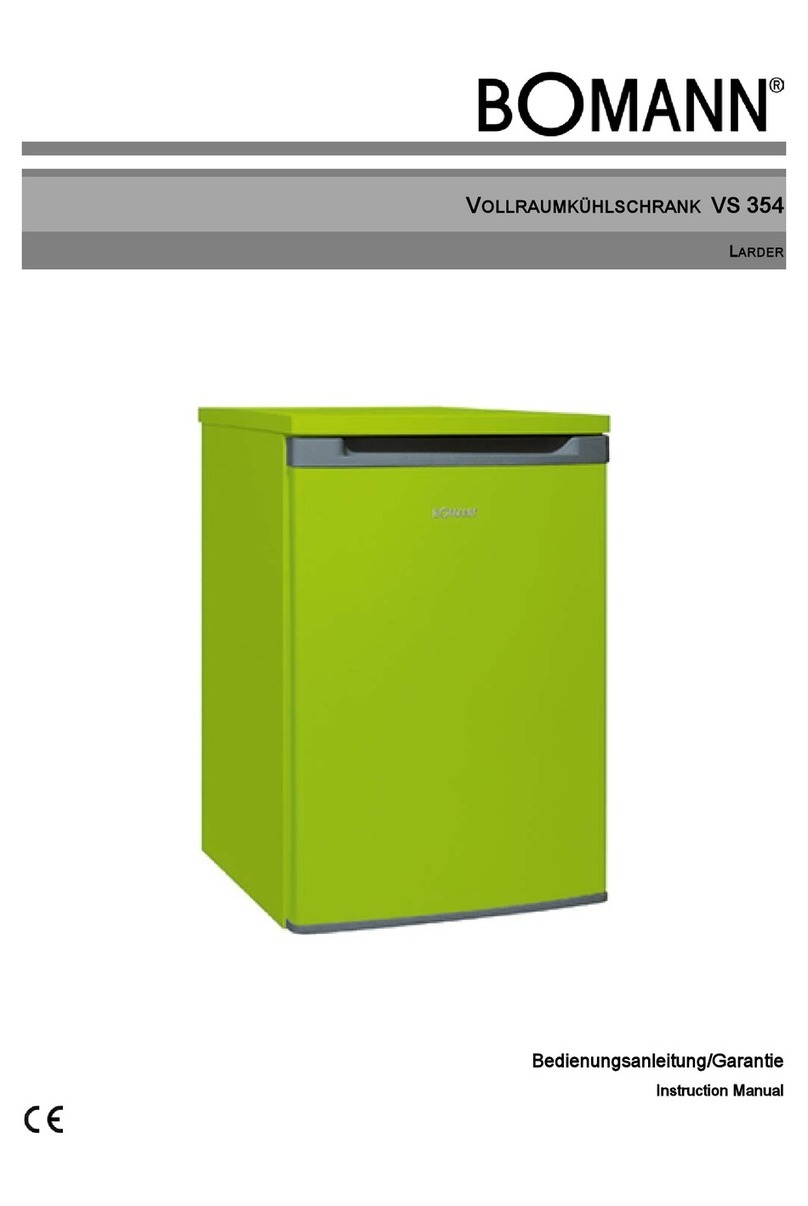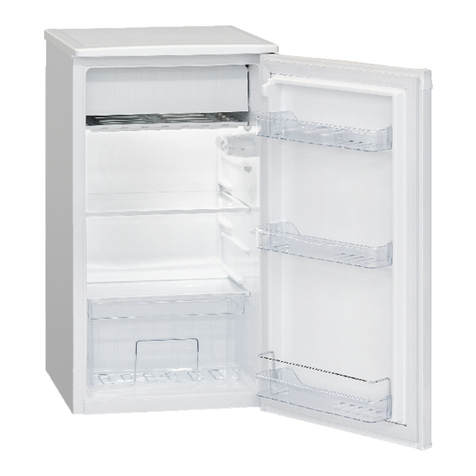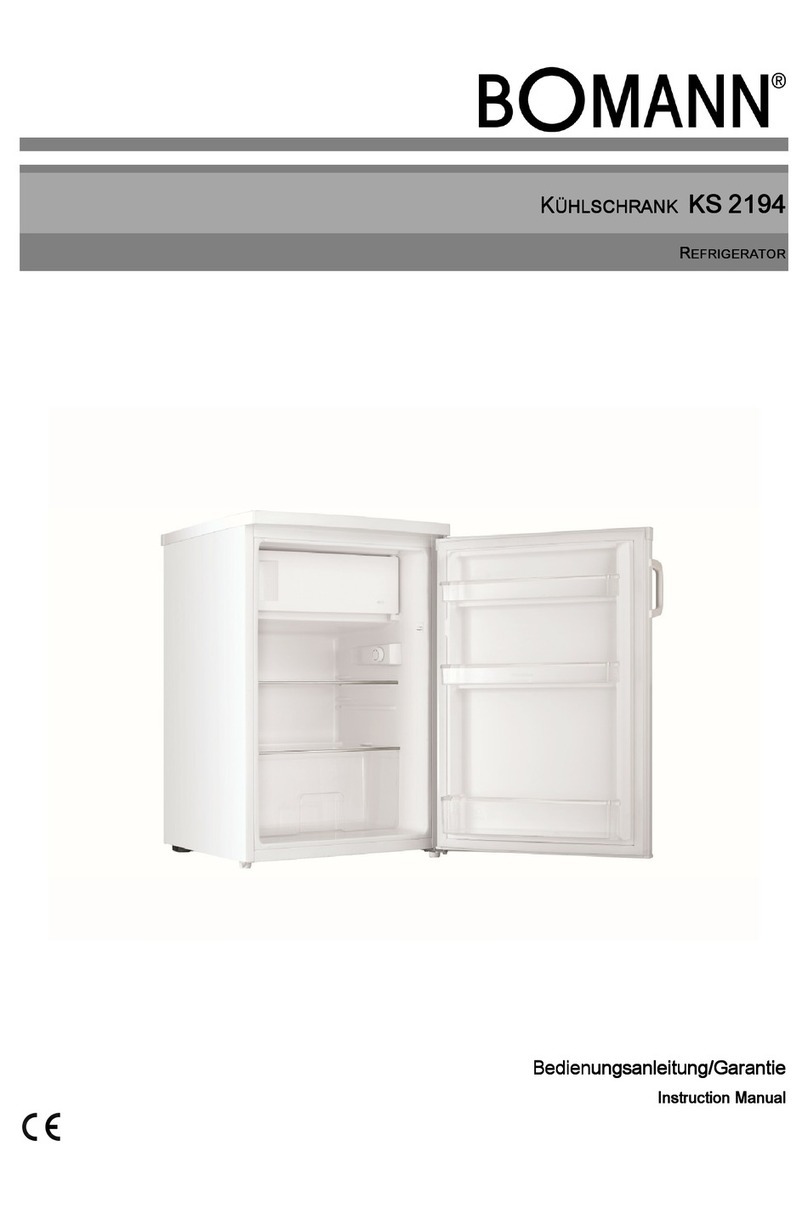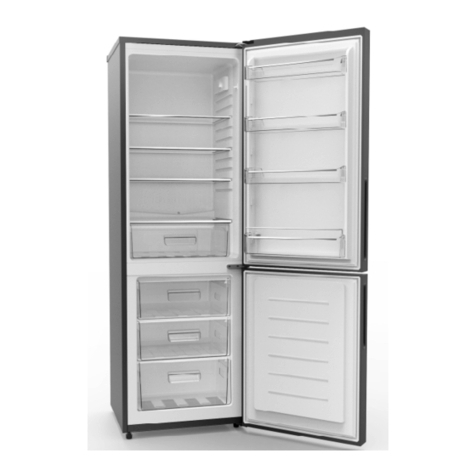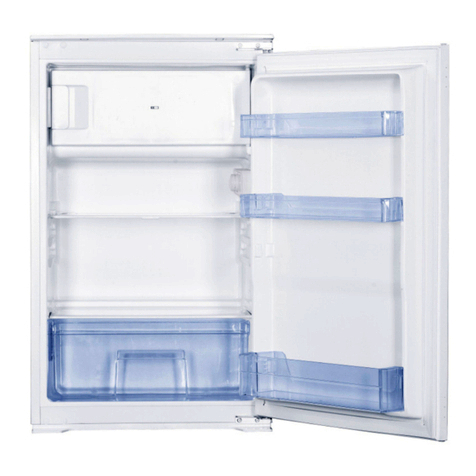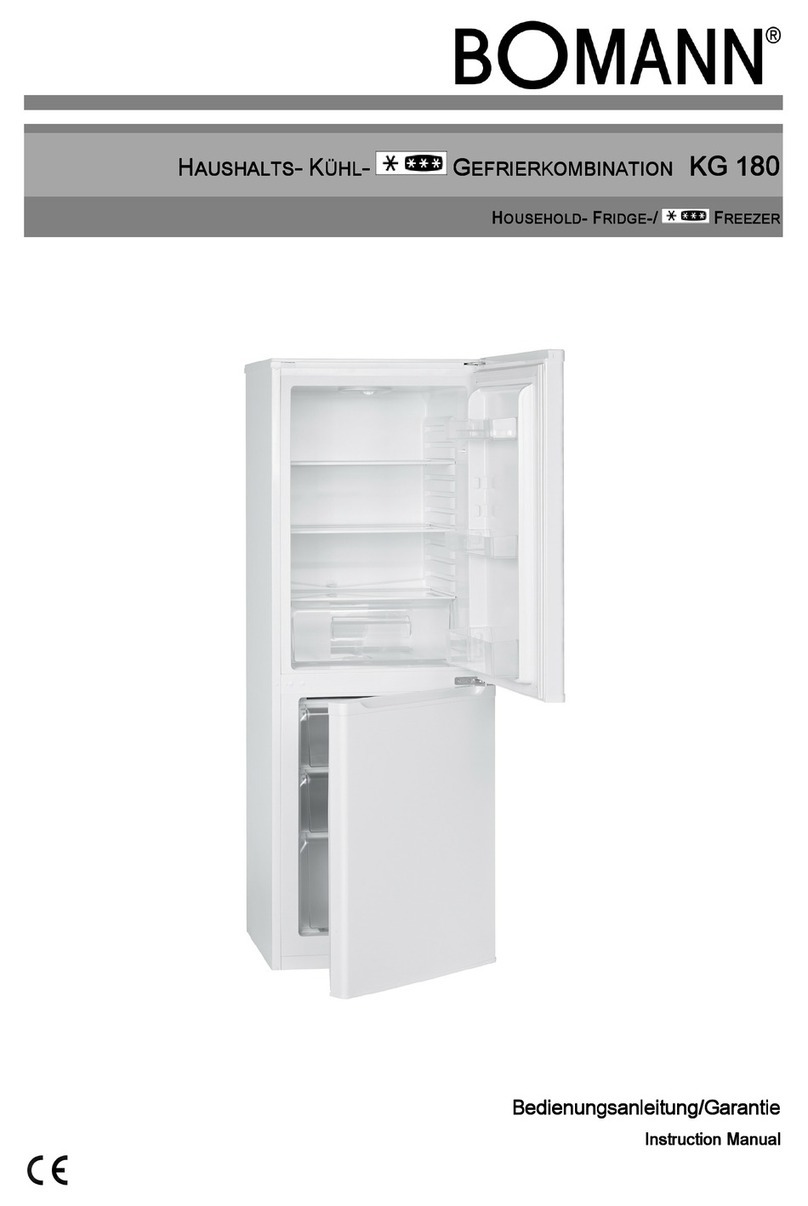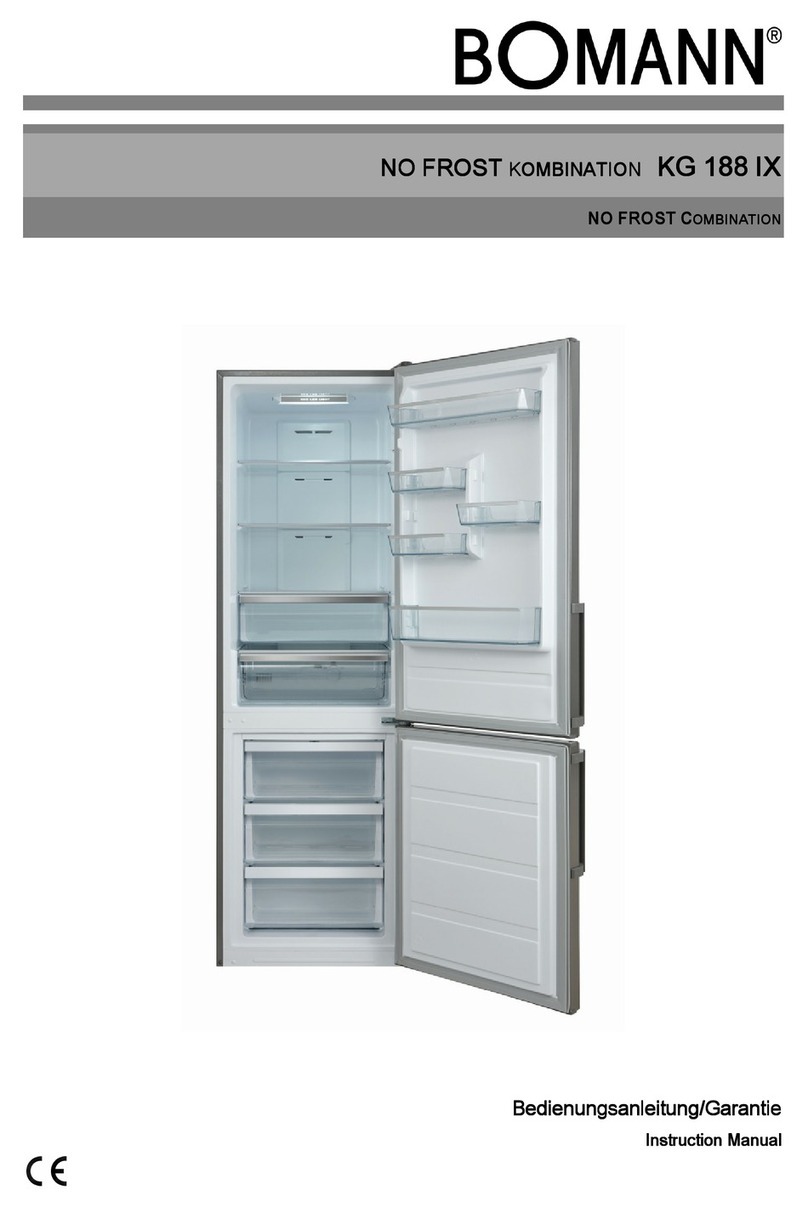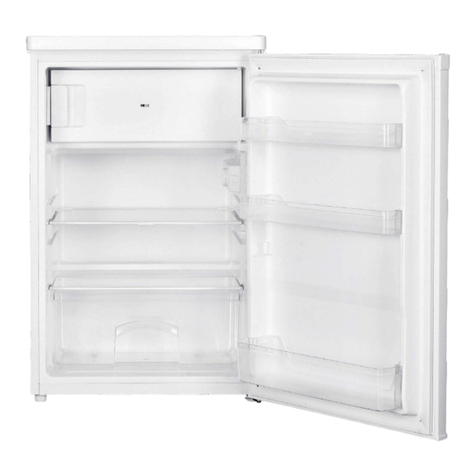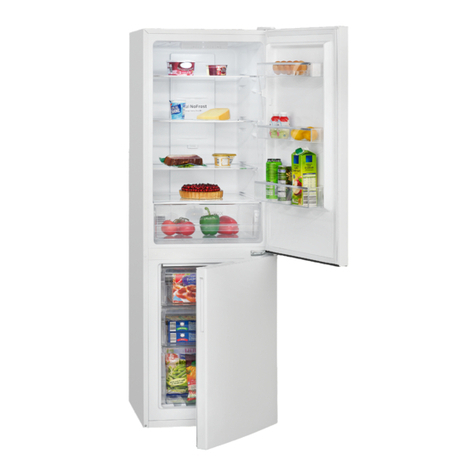
5
01/2012
A+++ (highest Efficiency) up to G (lowest Efficiency)
(2)
Climate class SN (Subnormal): ambient temperature of +10°C up to +32 C
Climate class N (Normal): ambient temperature of +16 C up to +32 C
Climate class ST (Subtropics): ambient temperature of +16 C up to +38 C
Climate class T (Tropics): ambient temperature of +16 C up to +43 C
(3)
The actual energy consumption depends on the use and installation of the device.
All device-specific data of the energy label have been determined by the manufacturer under laborato-
ry conditions in accordance with pan-European standardized measuring methods. These are regulated
by ISO EN 15502. The actual energy consumption depends on the usage and might therefore also be
above the values determined by the manufacturer under standard conditions.
An expert knows these relations and will execute the tests with special measurement instruments in
accordance with the regulations in place.
MANUFACTURER DATA
Product is subject to changes and improvements.
INSTALLATION
Location
Sufficient ventilation around the device is necessary in order for the heat to dissipate properly and to
guarantee efficient cooling operation at low power consumption. For this purpose, leave sufficient
space around the device.
•Minimum clearance of 7,5 cm between rear side and wall,
•at least 10 cm on both sides and 10 cm on top of the device.
•Leave proper space in front of the device in order to open the door at an angle of 160°.
IMPORTANT
•Do not expose the device to direct sunlight.
•Do not place near heaters, next to a stove or any other heat sources.
•Do not use the device outdoors.
•Only install at a location with an ambient temperature suitable for the climate class of the device.
For information on the climate class, please refer to chapter “Specifications“ or to the rating label
located in the interior or on the rear side of the device.
•Avoid installation at locations with high humidity (e.g. outdoors, bathroom), as metal parts would be
susceptible to corrosion under such circumstances.
•Do not place the device near volatile or combustible materials (e.g. gas, fuel, alcohol, paint, etc.)
and in rooms which may have poor air circulation (e.g. garages).
•Only place on a steady and safe surface.
•If the device is not horizontally leveled, adjust the feet accordingly.
Electrical connection
The kind of current (AC) and the voltage must be conform with the data of the rating label, located
inside or outside on the back of the unit. In case of heavy voltage fluctuations, it is recommended to
use an automatic alternating current regulator.
The plug, together with the grounding conductor, must fit into the wall socket. The mains plug must be
freely accessible.
Mains cable
•Do not extend or roll up the cable during operation.
•Also, the cable must not be near the compressor on the rear side, since latter one gets hot during
operation. In case of any contact, the isolation would be damaged resulting in electric leakage.
•The use of extension cables is not recommended.
•Do not connect the device to the mains with wet hands.
•Install the device for the wall socket to be freely accessible.
